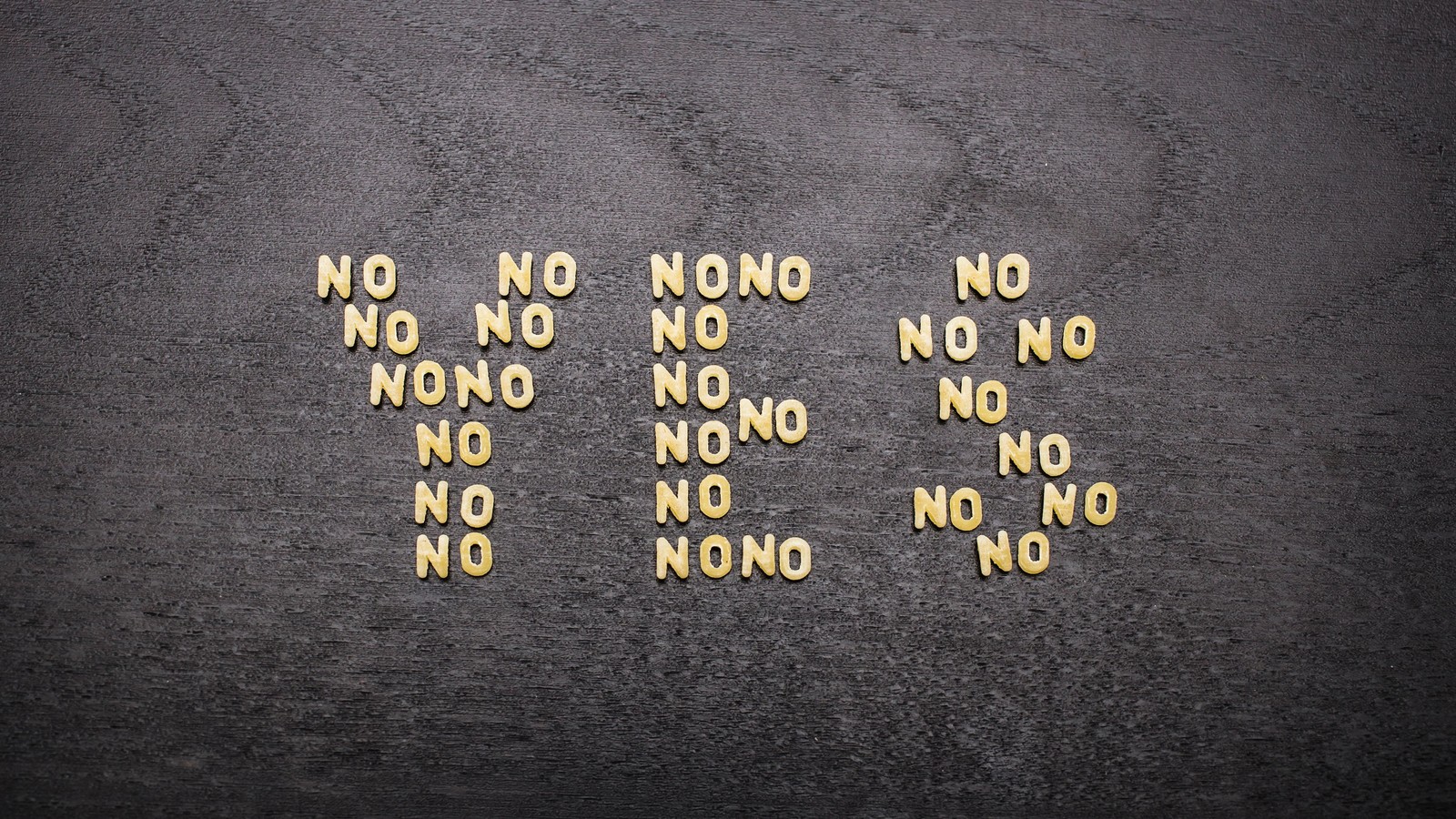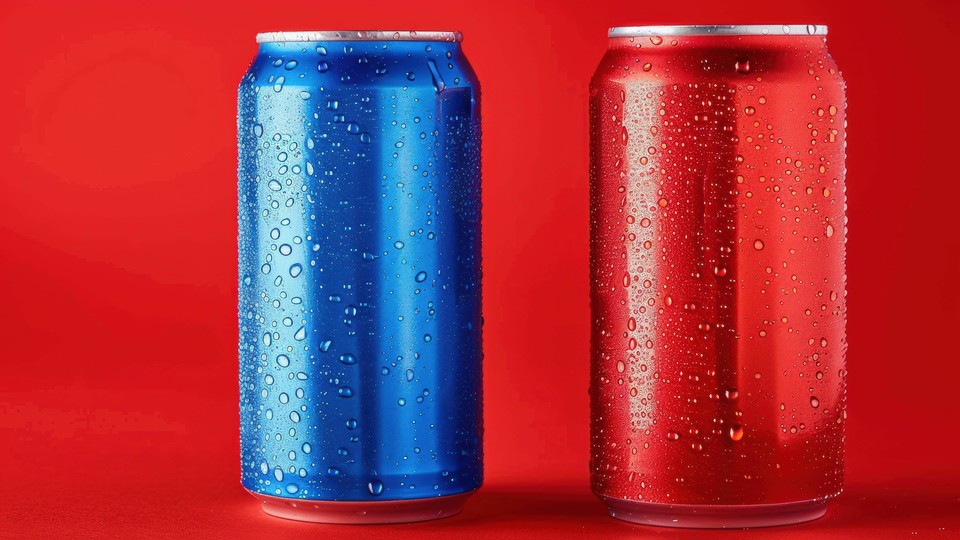
The Power of a Yes-or-No Prompt
Want better results from your call to action? Give people a clear way to say no.
Based on research by Eleanor Putnam-Farr and Jason Riis
Using yes-or-no reply formats increased enrollment in employer-sponsored wellness programs, even when employees weren’t required to answer.
- How you frame a question affects how people reply.
- Using yes-or-no reply formats increased enrollment in employer-sponsored wellness programs, even when employees weren’t required to answer.
- Initial benefits from the yes-no enrollment question can carry through to program participation.
Imagine you’re perusing your favorite website, and you’re asked to join its mailing list: “Rice Business Wisdom’s monthly newsletter is filled with cutting-edge research that can help you succeed in work and life. Click here to subscribe.”
Did you click? No? Let’s try a different approach.
“Rice Business Wisdom’s monthly newsletter is filled with cutting-edge research that can help you succeed in work and life. Yes, I’d like to subscribe/No, I’m not interested.”
You have now entered the world of choice architecture, the science of framing questions to nudge people toward a desired outcome. It’s at work as companies encourage employees to participate in retirement plans, for example, and as marketers work to sell services, including online subscriptions.
Different ways of asking lead to different response rates. A non-forced choice means you can leave a screen without answering — and many do. A forced choice, like it sounds, requires an answer. Think about completing employer-required online sexual harassment training. You can’t move through the course until you answer each question.
An even more aggressive technique automatically chooses an option for you unless you specifically opt out. That format may generate public backlash, as it has lately from websites that default to the option of giving away your personal data.
Although the pros and cons of these techniques have been well studied, Rice Business professor Eleanor Putman-Farr and Jason Riis, a marketing consultant and lecturer at the Wharton School, decided to look at the benefits of a lesser-known area of choice architecture: A yes-or-no format in a non-forced setting.
Putnam-Farr and Riis, who was a visiting assistant professor of marketing at Wharton during the study, designed two experiments to see whether a yes-no format would yield more responses than an opt-in. The short answer: Yes, it did.
In the first experiment, employees who were already enrolled in an employer-based wellness program were queried about using an activity tracker. They all received emails with the same introductory text, reminding them to participate, and three different calls to action. One asked them to log in to their program’s website to click the link to the activity tracker; one gave them the option to click a link in the email; and one used a yes-no format: “Yes, I would like to track my activity/No, I do not want to track my activity at this time.”
The researchers found that significantly more people — 13.3 percent — clicked the “yes” link in the yes-no question than the combined total (9.5 percent) of those who clicked it using the other options. A mere 2.7 percent of those in the yes-no group clicked “no.”
Puzzlingly, however, no significant difference emerged between the groups in actually using the fitness tracker. The researchers had various theories as to why this was the case. For one, the participants’ previous experiences with the wellness program might have affected their attitudes toward activity tracking. Furthermore, there was a delay between when they received the email (during the work day) and the most likely time to record activities (after work).
“Our main takeaway was that it was still effective as a reminder call-to-action, but participating once (by logging your activity one time) isn’t enough to lead to underlying behavior change,” Putnam-Farr said.
The second experiment addressed those and other issues. Emails went to employees newly targeted for program enrollment. The researchers were able to study a “full funnel” sequence: those employees who clicked initially, those who went on to enroll, and those who later participated in the program.
All emails contained the same introduction touting the wellness program and mentioned an ability to earn points for rewards. Four different reply schemes, randomly assigned, were as follows.
- A basic opt-in directing participants to log in to try the program.
- An opt-in with emphasis: A sentence noting that each completed activity earns more reward points was added.
- A basic yes/no format: “Yes, I would like to try the program” or “No, I do not want to try the program.”
- A yes/no format with emphasis: A sentence was added to the “yes” option saying that each completed activity earns more reward points. The “no” reply also said “Earning reward points is not important to me at this time.”
Those clicking affirmatively in any format were sent to an enrollment page. Program participation was tracked by tallying logs of completed activities, including everything from watching a video to eating more vegetables.
This time, the researchers found that the yes/no format yielded more than twice as many positive initial responses than the opt-in message. They also saw a strong, though not quite as dramatic, increase in program enrollment for the yes/no group. And unlike in the first experiment, they found significantly higher program participation rates in the yes/no group.
Stressing the reward benefits didn’t affect initial response rates, but did bump enrollment rates, the researchers found. They concluded that emphasizing the reward benefits helped boost program participation — but that the yes/no format itself had a much more powerful effect than the rewards did. The findings suggest that a yes/no format would be a powerful tool for marketers, employers, and anyone trying to get people to click a link.
It’s a deceptively simple technique, but it works, the researchers concluded. To get to “yes,” you just have to offer people the chance to say “no.”
Putnam-Farr, E., Riis, J. “‘Yes/No/Not Right Now’: Yes/No Response Formats Can Increase Response Rates Even in Non-Forced-Choice Settings.” Journal of Marketing Research 53.3 (2016): 424-432.
Never Miss A Story



